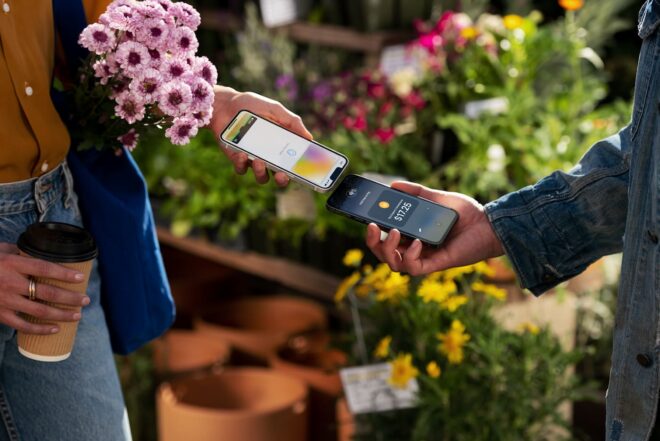Differences between prepaid, debit, and gift cards
Editorial Team
3 min read
According to The Nilson Report, payment cards are expected to generate more than $9.3 trillion in purchase volume in the U.S. by 2022.1 This volume includes many types of cards, with credit cards generating more than half of the share.
The remainder is spread across debit cards, prepaid cards, and gift cards. While these other payment options are often used interchangeably, there are important differences in how they function — for merchants, as well as their customers.
How debit cards work
The money on your debit card is linked directly to your bank account — which is why this type of plastic doubles as an ATM card for cash withdrawals.
Because of this link, you can’t really spend more than what’s in your bank account. However, some financial institutions provide overdraft protection, allowing transactions that exceed your account balance to be approved without the risk of hefty overdraft fees.
Authorizing a purchase at the point of sale involves swiping, tapping, or dipping your debit card before entering a personal identification number (PIN).
Most debit cards come branded with logos from the major card issuers, making this payment option usable anywhere that major credit cards are accepted. However, because debit and credit cards carry sensitive financial information and require a more secure connection with a payment processor, merchants who accept these cards must comply with and adhere to the PCI compliance standards on an ongoing basis.
How prepaid cards work
As the name implies, prepaid cards require that you add money (“pre-pay”) to the card in advance — via cash, credit card, or electronic check.
Because of this pre-loading, you can’t spend more than what is currently on the card. This is true even if you’re only a single penny short of making a legitimate purchase.
Many prepaid cards come branded with a Visa, Mastercard, Discover, or American Express logo, making them usable everywhere major credit cards are accepted.
Although still susceptible to fraud, the upside is:
- You can only lose what is currently on the card (no more)
- No sensitive information is directly attached to the card. This is especially true when funding prepaid cards with cash
How gift cards work
Gift cards are very similar to prepaid cards, with three important distinctions:
- Most gift cards don’t carry revolving balances. Once the whole amount on the card is spent, the card is done.
- The person funding the gift card usually isn’t the same person using it.
- Closed-loop gift cards aren’t accepted everywhere. They are usually tied to a single store or chain.
Here’s a useful analogy.
Joe orders a $20 Amazon gift card that he then gives to Sarah. She can now spend this money as she pleases — but only with Amazon, and only up to $20.
As with most payment cards, gift cards often have expiration dates.* When Sarah’s gift card expires, so does any unused funds. This is different from credit, debit, and prepaid cards that all carry their balances over to replacement cards (with new expiration dates).
Which payment cards should your business accept?
If you’re already set up to accept credit cards, then you’re already set up for debit and prepaid cards, as well. However, if you don’t currently accept credit cards, or are interested in adding gift cards to your list of payment offerings, Clover can certainly help you get started.
Schedule a free consultation with our merchant services team today.
1 “All U.S. Payment Cards Projected,” The Nilson Report, October 2018
*State laws vary. Some prohibit the expiration of gift cards.
Related Posts
What is a dynamic CVV?
Tap to Pay on iPhone now available with the Clover Go app
Popular Topics
Stay In Touch
Sign up and learn more about Clover.
Thank you for your subscription!
Recent Stories
- Jewelry store supplies and equipment needed for opening day
- How small businesses can use employee discounts to retain staff
- Tips and tricks for opening an outdoor pop-up restaurant
Please share your contact information
to access our premium content.
Thank you for sharing your contact information.
Download Now





